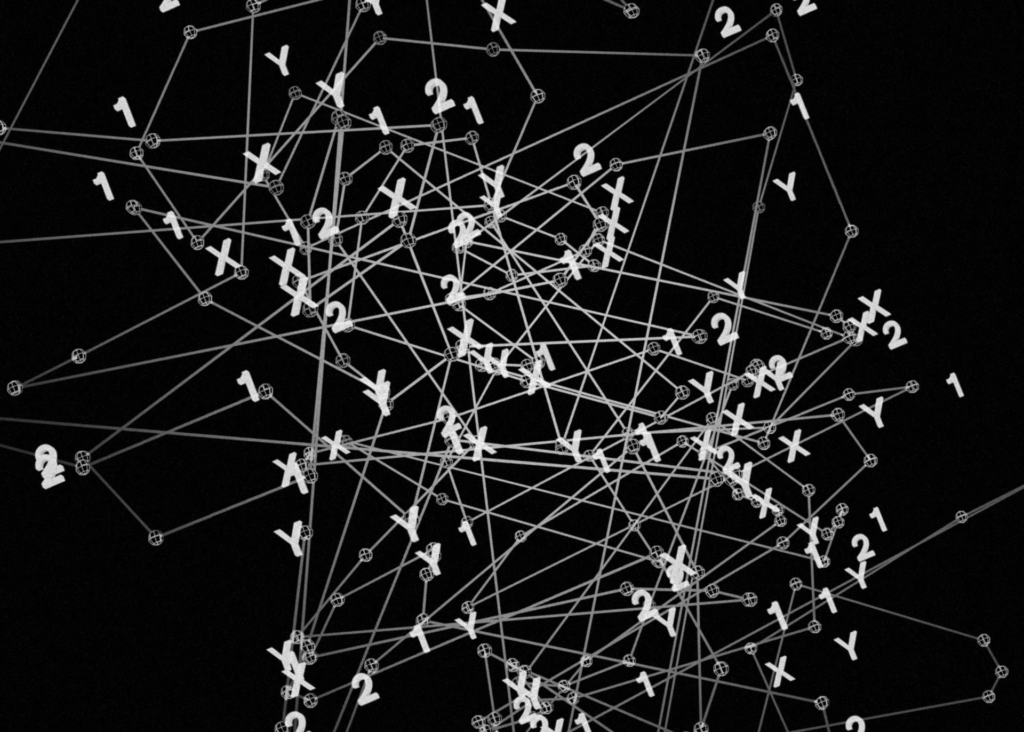
And now we come to the last of the Seven Deadly Sins of Dirty Data – the untamed wilderness of non-standardized data.
This type of data, with inconsistent formats and disparate structures, poses a significant challenge to organizations striving for streamlined operations and insightful analytics. Navigating this wilderness requires a blend of strategy, technology, and foresight.
Non-standardized Data: The Wild Frontier
Non-standardized data is akin to the dense underbrush of an untouched forest, where each data point follows its path, heedless of the others. This data often results from siloed systems, varying data entry practices, or the integration of data from multiple sources without a common framework.
The challenge is not just in its storage but also in its utilization—drawing meaningful insights from such a chaotic landscape can be as daunting as finding a clear path through an overgrown forest.
The Impact of Disparate Data
The consequences of non-standardized data are multiple. It complicates data integration efforts, hinders efficient data analysis, and obscures potential insights under layers of inconsistency.
For businesses, this means slowed decision-making processes, increased risk of errors, and potentially missed opportunities. In a world where data is a critical asset, the lack of standardization can significantly dilute its value.
Taming the Wilderness: Strategies for Standardization
There are several industry best practices that can be adopted to bring order to non-standardized data:
- Implement Data Governance Policies: Establish comprehensive data governance frameworks that define standards for data formats, naming conventions, and storage practices across the organization.
- Adopt Universal Data Standards: Where possible, align data collection and management practices with universal or industry-specific standards, facilitating easier integration and analysis.
- Utilize Data Integration Tools: Leverage advanced data integration tools that can automate the process of standardizing data from various sources, ensuring uniformity across datasets.
- Regular Data Quality Audits: Conduct periodic audits of your data repositories and rectify areas of non-standardization, maintaining a consistent quality over time.
- Educate and Train Staff: Ensure that all members of the organization understand the importance of data standardization and are trained in the correct data handling practices to prevent inconsistencies from arising at the source.
- Deploy Data Management Platforms: Utilize comprehensive data management platforms capable of enforcing standardization rules and protocols automatically, streamlining the process of maintaining data uniformity.
Navigating with Confidence Through MCIM’s Clean Data Compass
Taming the wilderness that is non-standardized data is MCIM, standing as a beacon of innovation and clarity.
MCIM’s clean data platform does more than merely tame the untamed; it transforms data into a single source of truth, enabling organizations to move forward with confidence in their operational decisions.
By ensuring that data across the spectrum is standardized and clean, MCIM lays the groundwork for an environment where strategic insights are not just possible—they’re expected.
The value of having a single, standardized source of data cannot be overstated. It ensures that every stakeholder, from the executive to the field technician, bases their decisions on the same reliable, accurate, and timely information.
When precision and reliability are paramount, MCIM’s clean data platform not only illuminates the path but also paves the way for operational excellence and strategic foresight.



